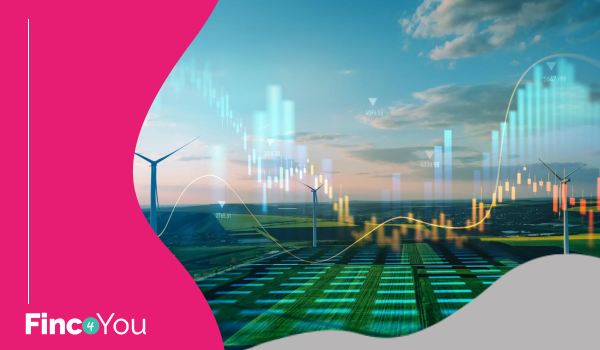
Australia is paving the way for a green economy, focusing on sustainable investment practices to address environmental challenges. This article explores the transformative journey towards a sustainable future, the benefits of such investments, and the potential hurdles Australia faces on its path to a greener economy.
The Rise of Australia’s Green Economy
Over the past few years, Australia’s economy has seen a significant shift towards sustainability and eco-friendliness. This transition presents a promising opportunity for economic growth while minimizing environmental impact. The adoption of this green economy model is fueled by emerging technologies and industries that prioritize ecological conservation and resource efficiency.
Renewable Energy plays a critical role in this transformation, with Australia investing heavily in solar, wind, and geothermal resources. These cleaner energy sources not only reduce carbon emissions but also create numerous job opportunities in technology and infrastructure development, fostering a more sustainable and resilient economy.
Moreover, legislative initiatives backed by government policies are further driving the country’s commitment to reducing its carbon footprint. Regulations that encourage businesses to adopt sustainable practices are becoming more prevalent, making environmental responsibility a central component of corporate strategies.
Another crucial factor in the rise of Australia’s green economy is the increased participation of private sector investment in sustainable projects. Investors are recognizing that environmentally conscious companies tend to have a lower risk profile and present long-term growth potential.
This transition to a greener economy aligns with global trends and international agreements aimed at combating climate change. It positions Australia as a leader in sustainable innovation, enhancing its competitive edge in the international market.
Impact of Sustainable Investment Strategies

The shift towards sustainable investment strategies is significantly shaping Australia’s green economy. By channeling capital into environmentally and socially responsible projects, investors are not only contributing positively to the planet but also witnessing substantial financial returns. As firms and individuals increasingly prioritize investments in renewable energy, energy efficiency, and sustainable agriculture, these sectors experience growth and innovation, directing economies towards a more sustainable, eco-friendly future.
Sustainable investment plays a crucial role in driving Australian companies to adopt greener practices. Companies are incentivized to improve their environmental performance, thus enhancing their public image and appeal to eco-conscious consumers and investors. This positive cycle encourages more firms to enter the green economy, fostering competition and innovation in sustainable technologies.
Moreover, policies promoting responsible investing are supported by government incentives to reduce carbon footprints and promote sustainability. This leads to increased demand for green bonds and environmentally-focused mutual funds, which help finance eco-friendly projects such as solar farms and water conservation techniques. These strategies amplify the impact of sustainable investments, ensuring long-term benefits and resilience against environmental challenges.
The influence of sustainable investment strategies extends to economic resilience. By aligning financial interests with ecological benefits, Australia is not only better equipped to meet its sustainability targets, but also prepared to endure global economic shifts and environmental stresses. This sustainable approach helps in building a robust economy, enhancing job creation in green sectors, and reducing reliance on natural resource extraction.
Future Prospects and Challenges
In the context of Australia’s evolving green economy, the future holds both promising prospects and significant challenges. One of the key areas for growth is the expansion of renewable energy sources, such as wind and solar power. As technology advances, the cost of production decreases, making these options more viable and attractive for both consumers and investors.
Another crucial opportunity lies in the development of sustainable infrastructure. By investing in projects that promote energy efficiency and minimize environmental impact, Australia can lead by example in the global effort to combat climate change. These investments not only promise economic growth but also ensure long-term sustainability.
Challenges also surface, such as the need to transition traditional industries reliant on fossil fuels. This shift requires substantial policy support and financial incentives to retrain workers and stimulate green innovation. Additionally, rising competition from other nations investing heavily in green technologies could impact Australia’s market share.
Policies must be adaptive and supportive to encourage the private sector to embrace sustainable practices fully. Another concern is ensuring that the transition to a green economy is equitable and inclusive, providing opportunities for all segments of the population, including disadvantaged communities.
Encouraging public and private partnership is vital. While the government plays a role in setting regulations and frameworks, private entities can drive innovation and bring fresh perspectives to sustainability challenges. With collaboration, Australia can navigate the complex landscape of sustainable investment, leveraging its wealth of natural resources alongside modern solutions.


